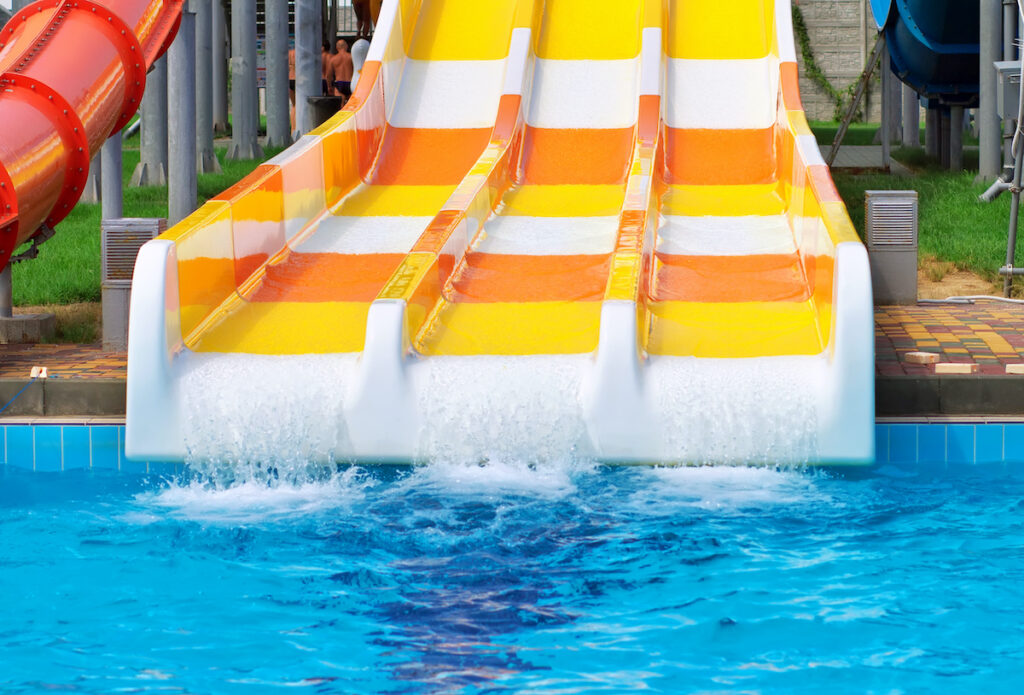Since the beginning of this blog, we have discussed the importance of regulations for water parks and leisure spaces, with special mention of the EN 1069 standard, which specifically covers safety parameters for the design, manufacture, and installation of water slides.
However, until now, we had not dedicated a specific article to breaking down the key points of this standard, as we did with the case of the EN 17232, standard, which covers water parks and aquatic play areas in leisure pools and shallow recreational areas.
Furthermore, both in its Part 1 and Part 2, it is the regulation that we use as a reference for the official inspection of slides in water play areas. Therefore, we invite companies and suppliers when conceiving a new project to ensure full compliance with it to avoid liabilities in case of incidents or accidents during its use. Similarly, we consider it essential to carry out the relevant certification process for the area after its installation by an ENAC-accredited entity in accordance with EN 1069 Parts 1 and 2.

Detailed safety regulations for water slides: what points are covered in each part of the standard EN 1069
By default, Part 1 of the EN 1069 standard receives the most attention from manufacturers, installers, and managers, as it is the most technical section focused on on-site inspection points of water slide installations. In summary, the main points it covers are:
- Materials and construction, including certificates, material identification, and documentation from suppliers, manufacturers, and installers.
- Design, related to guidelines, static calculations, and their analysis.
- Safety requirements, checking entrapments, surfaces, access platform, slide channel, reception area, among others.
- Testing and trials involve conducting sliding tests by the accredited inspector, analyzing that the speed and acceleration are within the parameters specified by the standard for each type of slide. Performing these tests with geolocatable electronic devices verifies and ensures that the tests are conducted on the installation being inspected.
On the other hand, although at times the importance may have been overlooked, compliance with and inspection of Part 2 of the water slide standard are equally crucial. This part pertains to aspects such as usage regulations, operation, maintenance, commissioning, and signage.
In the specific section related to the operation of the facility, requirements include, among other topics, risk assessment and mitigation in the installation, essential elements for proper supervision, maintenance instructions, and the incident and accident logbook.
Regarding instructions, the standard requires -in this case, from the supplier and manager- the development of control documents for proper maintenance, inspections, repairs, and modifications.
Finally, regarding the section on usage rules and signage, standardization associations are emphasizing the need to unify signage across all installations, following guidelines outlined in the corresponding ISO standards. Therefore, it is crucial that all safety signs meet the unified parameters.
We conclude here, sending a message in favor of safety and awareness for all involved, advocating for the certification of all types of aquatic installations in accordance with the applicable standards EN 1069 and EN 17232.



